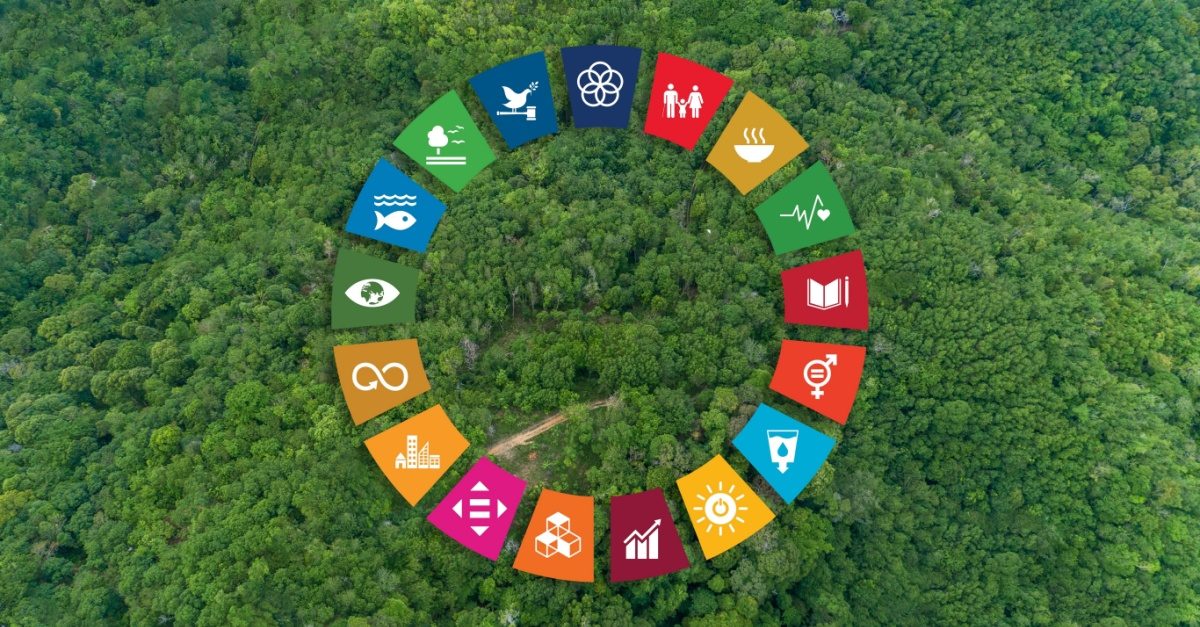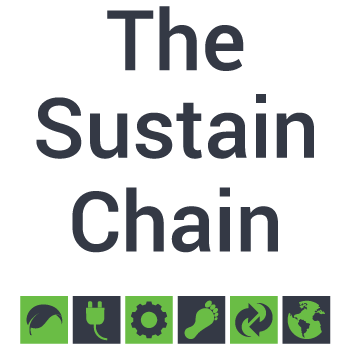
The Role of Circular Economy Principles in Sustainable Supply Chain Management
A circular economy flips the script on how you use resources by designing out waste, keeping materials in use longer and helping regenerate natural systems. Instead of the traditional take-make-dispose approach, you focus on reusing and recycling at every stage of your product’s life cycle. Your supply chain is crucial in making this happen.
From sourcing and manufacturing to shipping and returns, every part of your process holds opportunities to cut waste and create more value. Weaving circular practices into your operations shrinks your environmental footprint and allows you to build a more resilient business that meets growing expectations for sustainability.
What Is a Circular Supply Chain?
A circular supply chain allows you to design your products and processes to reuse materials, repair what’s broken, remanufacture parts, and recycle what’s left. This way, you keep valuable resources in use longer and reduce your dependence on raw materials. Meanwhile, a traditional chain works differently. You take resources, make products and eventually throw them away — usually after one use. It’s a one-way system that drains natural resources and creates a lot of waste.
A circular approach helps keep your operations running smoothly, even when disruptions hit, like shortages or delays. By building a circular supply chain, you do what’s good for the planet and make your enterprise more resilient and ready for long-term growth.
Why Circularity Matters in Today’s Supply Chains
You’re operating in a world where environmental pressures are impossible to ignore. Resource scarcity drives up costs and overflows landfills, while climate change disrupts business as usual. These challenges hit supply chains hard and reiterate that the old way of doing things won’t cut it anymore.
You need a smarter approach that uses fewer raw materials and reduces your carbon footprint. That’s where circular economy principles come in. Making your supply chain more circular reduces your environmental impact and creates a more efficient and future-proof operation.
On top of that, there’s growing pressure from regulators, investors and customers to show real commitment to sustainability. ESG regulations evolve fast and consumers want to support brands that walk the walk. Raw material prices are also unpredictable, which makes your supply chain more vulnerable if you still rely on a linear model.
That’s why building a solid ESG strategy matters. It gives you a framework to follow and helps you align with investors who care about long-term impact, not just short-term gains. You position your brand as forward-thinking and responsible when you weave circular practices into that strategy. These traits boost loyalty, reputation and resilience in a dynamic sector.
Strategies to Integrate Circular Economy Into Supply Chains
If you want to build a more sustainable supply chain, start by designing products for longevity and reuse. That means thinking ahead, creating items that are durable, easy to take apart and made from materials that can be reused or recycled. The goal is to extend your product’s life and reduce how often new resources are necessary.
But making that shift doesn’t happen in a silo. You’ll need to build strategic partnerships with suppliers, logistics providers and competitors to make circularity work across your entire value chain. When everyone is aligned, it becomes easier to integrate circular economy practices into your business model and scale them for real impact.
Reverse logistics is another breakthrough. Setting up systems to take back used products allows you to recover valuable materials and feed those resources back into your supply chain. Collaborative networks make this possible, especially when you work with partners specialising in repair, refurbishment or recycling.
To tie it all together, invest in digital tools that give you better visibility. Technologies like AI and the Internet of Things can track products across their life cycle, which makes it easier to measure results and adjust your strategy. When your data is clear and your partners are committed, you can make your circular supply chain efficient and profitable.
Benefits for Companies Adopting a Circular Supply Chain
Shifting to a circular approach is a practical strategy. You’ll save money, use fewer raw materials and reduce waste, which adds up fast over time. Designing smarter systems that reuse and recycle materials reduces the need for constant resourcing and disposal.
This makes your operations more cost-efficient and less vulnerable to price swings in raw materials, which are becoming increasingly unpredictable due to climate and geopolitical shifts. In fact, with around 30% of the U.S. relying on snowmelt for water, warmer winters are already disrupting essential supply chains in many regions.
Circular practices also help you stay ahead of tightening environmental regulations. Building your network around efficiency and reuse naturally aligns with sustainability laws and reporting requirements. That kind of mindset doesn’t go unnoticed.
Customers may be more loyal to brands that actively reduce their environmental impact, and circularity can set you apart in crowded markets. Whether you’re B2B or consumer-facing, building a circular supply chain signals resilience and innovation.
Innovation and Policy Trends
You’re stepping into a time when governments, global frameworks and tech innovators all rally behind circular supply chains, and that’s great news for your business. Policies are evolving to support circular procurement, while digital product passports and carbon transparency tools make it easier for you to measure and share how your products are sourced, made, and reused. These give you more control over your materials and help you stay ahead of tightening regulations.
On the tech side, you have exciting innovations that make it possible to scale reuse and build closed-loop systems that work. Researchers are exploring ways to recover and reuse complex materials like organic conductors, semiconductors, and gate dielectrics while testing their reliability. This means you can innovate sustainably without sacrificing performance. As support grows and tools improve, you’re better equipped than ever to turn circular practices into real business value.
Take the First Step Toward a More Sustainable Supply Chain
Take a closer look at how your supply chain handles materials and product life cycles. Exploring circular alternatives now can help you cut costs, reduce risk and stay ahead of sustainability demands.

